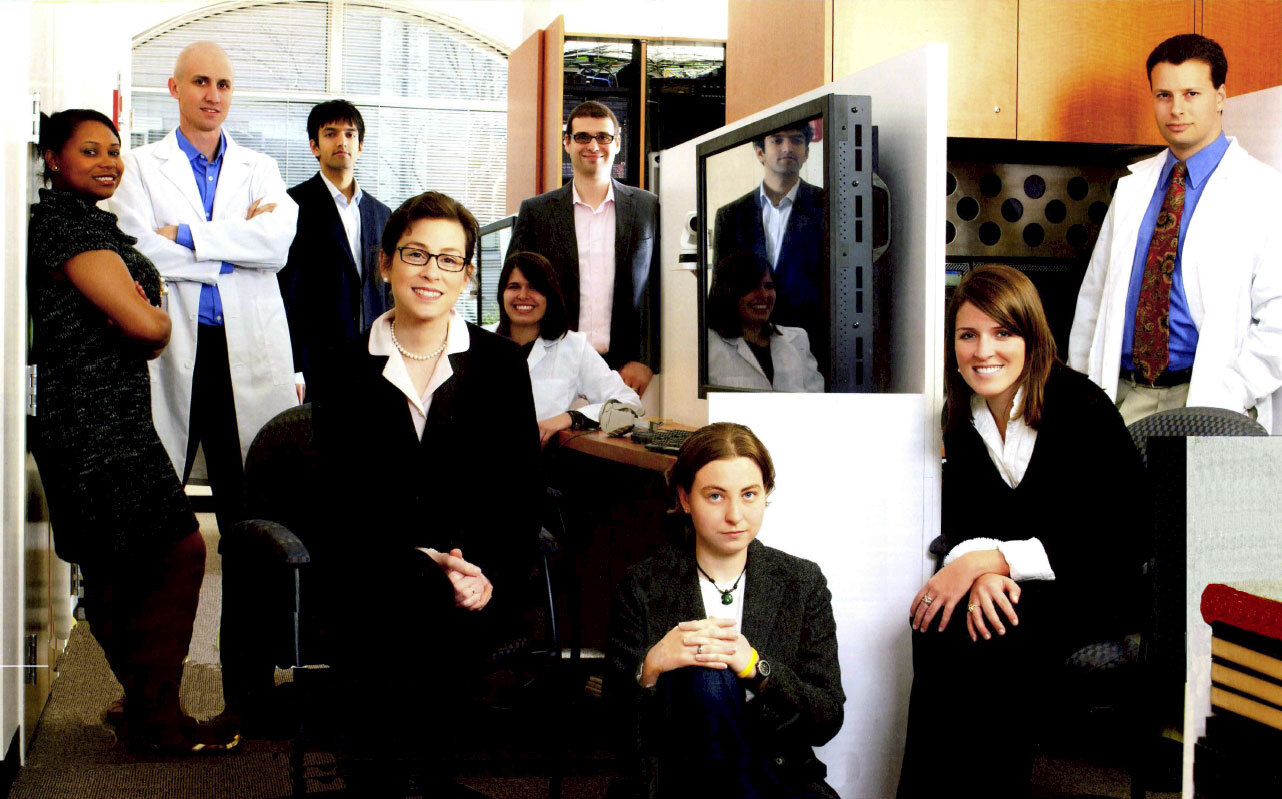
Harvard Kennedy School of Government - Decision Science Laboratory
Cambridge, Massachusetts, USA
Working in collaboration with Psychologist Dr. Jennifer Lerner, Economist Dr. Iris Bohnet, and psychology graduate students at the Harvard Kennedy School of Government, BDG was selected to develop a first of its kind research laboratory for the study of Decision Science. Working as a highly collaborative team, we researched new ideas for testing, and integrated newly developed technologies and testing equipment into the laboratory to capture patient physiological and emotional response data. The combination of new ideas, technologies, and innovations catapulted this Research Laboratory to a level never achieved before in the field of Decision Science.
Dr. Lerner established the goal that the architecture and interior design of the facility needed to evoke no emotional response from the participants. If the design was viewed as too welcoming or interesting, it could affect the delicate testing of the participants and their psychological responses. She also requested that the seating within the lobby be arranged so that test participants would remain strangers and not develop any positive or negative connections with other testing participants. While these design requests were unusual, the BDG team understood the goal, and analyzed the participant experience upon arrival to the laboratory to imagine how the size of the spaces, colors, finishes, furnishings, lighting, and acoustics of the facility, could deliver an emotionally neutral setting for the neurodiverse participants.
As a multidisciplinary design firm, BDG brought our understanding of Industrial Design and Media Technologies to address a wide variety of technical goals of the new Psychology Testing Lab. One challenge was to record the facial micro gestures of participants reacting to stimuli presented. This required placing a video camera about 16” away from the participant’s face, without their knowledge of being recorded. After a series of mockups developed by BDG, we were able to design the testing carrels with what appeared to be a perforated brushed aluminum “design feature.” The back of the perforated metal feature has a tinted plexiglass panel to create an obscuring lens in the 1 ½” diameter holes of the perforated metal. A video camera lens was centered on one of the perforated openings and we adjusted the light sensitivity of the camera to compensate for the tinted plexiglass. The result was a hidden video camera located about 16” away from the participant’s face that could capture their facial micro gestures without being self-conscious about being recorded.
When the laboratory opened, Psychologists from around the globe contacted the lab in hopes of gaining access to visit or run experiments with participants within Dr. Lerner’s innovative research center. Dr. Lerner’s research work has flourished, receiving national and international media coverage, to speak about their research and discoveries in the exciting field of Decision Science. A book is in the works based on the research and discoveries from the lab.
˅ Project Imagery ˅
Dr. Jennifer Lerner and the Decision Science Laboratory Team
3D Plan View of Laboratory
Entrance to Lab (Finishes and Furniture Selected to Not Evoke an Emotional Response)
Laboratory Manager Monitoring Testing of Participants
Large Touchscreen Control for Managing Individual Testing Stations
Detail View of Touchscreen Control Display
View of Individual Testing Station
Individual Testing Station with Metal Grill and Tinted Plexi-Screen to Conceal Video Cameras Capturing Micro-Facial Gestures
Individual Testing Station with Metal Grill and Tinted Plexi-Screen to Conceal Video Cameras Capturing Micro-Facial Gestures








